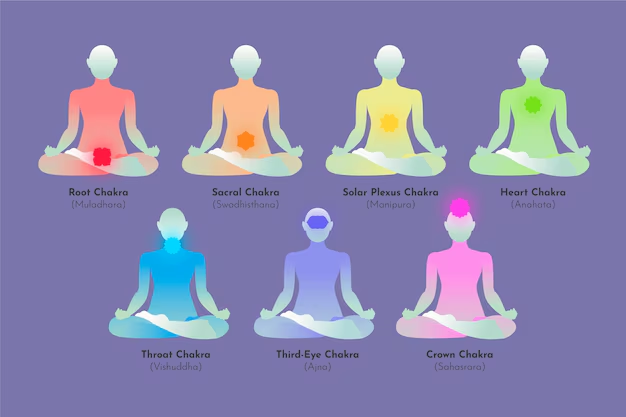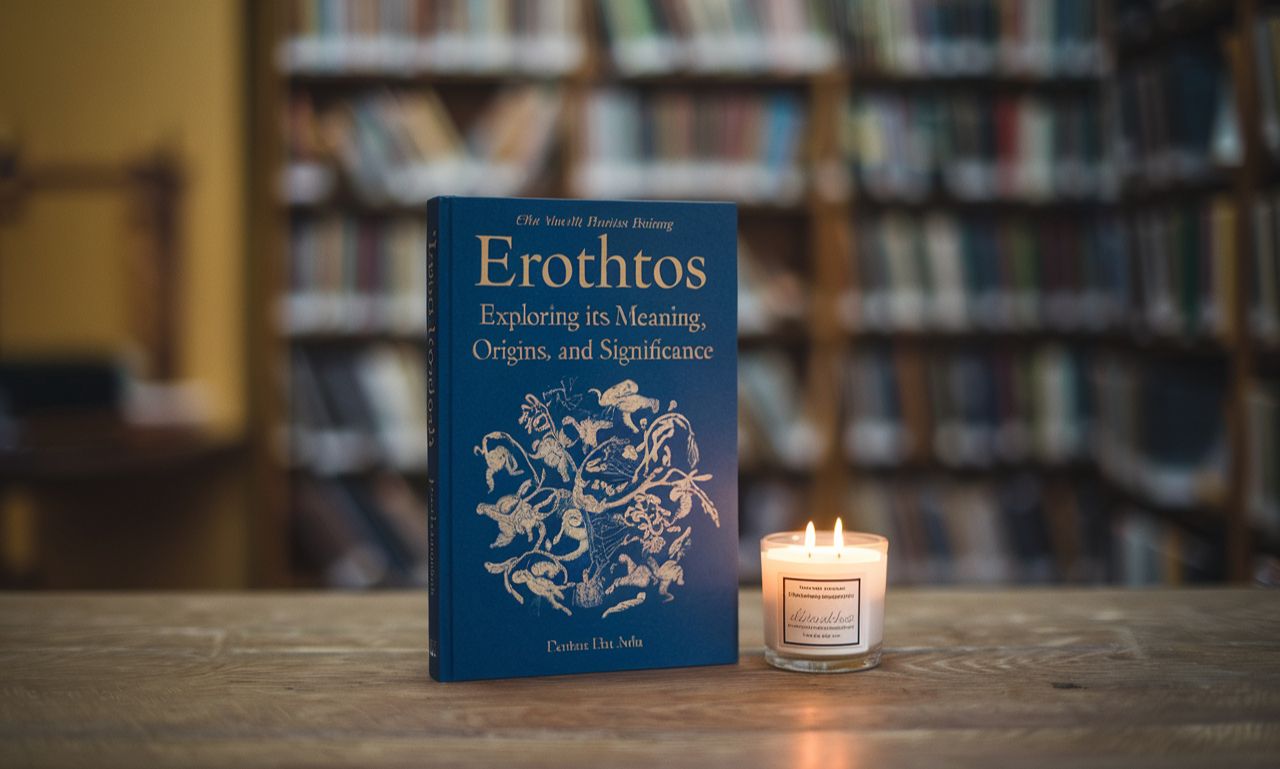Meditation has been practiced for centuries, and in today’s highly connected world, more people than ever are turning to it as a tool for mindfulness, self-awareness, and relaxation. But what if we told you that a simple adjustment in how you place your hands during meditation could enhance its effects? Enter the world of mudras—specific hand positions used during meditation to channel energy, deepen focus, and achieve various physical, emotional, or spiritual benefits.
This guide will introduce you to 13 powerful meditation hand positions (mudras) and explain how each can elevate your meditation practice. Whether you’re a beginner or already meditate regularly, learning these hand techniques will give you the tools to increase your practice’s effectiveness.
What Are Mudras and Why Do They Matter?
Mudras are symbolic hand gestures originating from ancient Indian traditions, including yoga and Buddhism. The term “mudra” translates to “seal” or “gesture,” and these specific hand positions are designed to influence energy flow and focus throughout the body. Different mudras are believed to activate specific areas of the brain and promote better energy balance, making them invaluable for meditation.
When paired with breathing techniques or mindfulness activities, mudras can have profound effects, including mental clarity, stress relief, and even physical healing. Now that you understand why hand placement during meditation is so important, let’s explore 13 meditation hand positions you can start using today.
1. Gyan Mudra (The Gesture of Knowledge)
How to do it: Touch the tip of your thumb and index finger together while keeping the other fingers gently extended.
Benefits: Gyan Mudra improves concentration and sharpens memory. It is often used in meditation practices for mental clarity and wisdom.
Best for: Beginners and those seeking greater focus during meditation.
2. Chin Mudra (Gesture of Consciousness)
How to do it: Similar to Gyan Mudra, but with palms facing upward.
Benefits: This mudra fosters inner awareness and helps align your consciousness with your meditation goals.
Best for: Deepening spiritual connection.
3. Dhyana Mudra (Gesture of Meditation)
How to do it: Rest one hand in your lap, palm up, and place the other hand on top, also palm up, with thumbs lightly touching to form a circle.
Benefits: Known as the ultimate meditation mudra, Dhyana Mudra promotes profound tranquility and balance.
Best for: Achieving ultimate calmness and mental stillness.
4. Prana Mudra (Gesture of Life)
How to do it: Bring the tips of your ring finger and little finger to meet your thumb while extending your index and middle fingers.
Benefits: This mudra boosts your life force and revitalizes energy levels, making it particularly powerful for tired minds.
Best for: Early morning meditation or regaining energy during stressful days.
5. Surya Mudra (Gesture of the Sun)
How to do it: Bend the ring finger to touch the base of your thumb, then press your thumb over the ring finger.
Benefits: Surya Mudra can stimulate metabolism and enhance vitality. It is also thought to create warmth in the body, both physically and energetically.
Best for: Addressing lethargy or achieving physical invigoration.
6. Anjali Mudra (Prayer Gesture)
How to do it: Press your palms together at chest level, fingers pointing upward, in a gesture often associated with prayer.
Benefits: Anjali Mudra helps foster humility and gratitude, aiding in creating mental peace and calm.
Best for: Cultivating mindfulness and gratitude.
7. Apana Mudra (Gesture of Purification)
How to do it: Touch the tips of your middle and ring fingers to your thumb. Keep the other fingers extended.
Benefits: Apana Mudra is believed to help detoxify the body and calm the mind.
Best for: Meditation focused on emotional and physical cleansing.
8. Vayu Mudra (Gesture of Air)
How to do it: Fold the index finger gently under the thumb while keeping other fingers extended.
Benefits: This mudra balances air energy in the body, relieving anxiety and easing restlessness.
Best for: Stressful days or when seeking emotional balance.
9. Shuni Mudra (Gesture of Patience)
How to do it: Touch the tip of the middle finger to the thumb, keeping other fingers extended.
Benefits: Shuni Mudra promotes patience, intuition, and discipline.
Best for: Focused meditation sessions requiring sustained attention.
10. Rudra Mudra (Gesture of Empowerment)
How to do it: Connect the tips of your index and ring fingers to the thumb, keeping your middle and little fingers extended.
Benefits: This mudra helps boost energy and inner strength, making it ideal for overcoming fatigue.
Best for: Regaining strength during demanding times.
11. Lotus Mudra (Gesture of the Lotus)
How to do it: Open your hands like a flower, pressing your thumbs and pinky fingers together while keeping the rest of your fingers slightly apart.
Benefits: Lotus Mudra represents purity and renewal, assisting in emotional healing.
Best for: Meditations centered around compassion or forgiveness.
12. Karana Mudra (Gesture of Banishing Negativity)
How to do it: Touch the tip of your ring finger to the base of your thumb, leaving the other fingers extended.
Benefits: This mudra is used to dispel negativity and block internal or external distractions.
Best for: Clearing your mind before or during meditation.
13. Ushas Mudra (Gesture of Energy)
How to do it: Interlace your fingers with palms facing upward, allowing the thumbs to touch lightly at the top.
Benefits: Ushas Mudra awakens creative energy and refreshes the mind.
Best for: Morning meditation or when needing a creative boost.
How to Incorporate Mudras in Your Meditation Practice
Now that you know these 13 mudras, here are a few tips to make the most of your practice:
- Be Intentional: Choose a mudra that aligns with your meditation goal for the day.
- Stay Consistent: Reap the full benefits of mudras by practicing them regularly over time.
- Combine with Breathing Exercises: Pair your mudras with pranayama (breathing exercises) to deepen the effects.
- Adjust for Comfort: If a mudra feels uncomfortable, adjust your positioning until it feels natural.
Remember, meditation is a deeply personal practice. Experiment with mudras and see which ones resonate with you the most.
Elevate Your Meditation Practice
By incorporating mudras into your routine, you can unlock new dimensions of mindfulness, energy balance, and emotional harmony. Whether you’re seeking improved focus, greater calmness, or physical rejuvenation, these 13 hand gestures are powerful tools to enhance your practice.
Curious about other ways to elevate your meditation experience? Explore [link] for more expert tools and guides on mindfulness meditation.
Happy meditating!
Conclusions
Mudras offer an accessible yet profound method to deepen your meditation practice and amplify its benefits. These simple hand gestures, rooted in ancient traditions, serve as conduits for channeling energy, enhancing concentration, and fostering inner peace. By integrating mudras into your meditation routine, you can achieve a more balanced mind and body, paving the way for personal growth and holistic well-being. The key is consistency and openness—explore, experiment, and allow the power of mudras to transform your mindfulness journey.











